
Amastris was shaken by a great earthquake 1600 years ago
The remains of a marble columned structure unearthed during the excavations of the ancient city of Amastris in the Amasra district of Bartın showed that Amastris was shaken by a major earthquake about 1600 years ago.
The exact date of the earthquakes and floods that damaged the structure, which is thought to have been built between 300 A.D. and 400 A.D., is being determined.
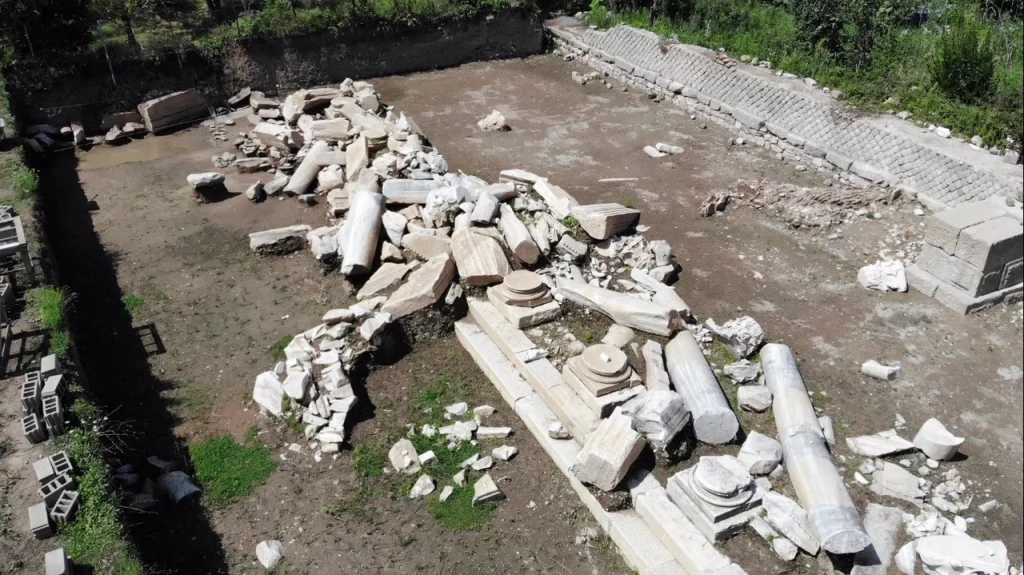
According to Prof. Dr. Fatma Bağdatlı Çam, Head of the excavation and Lecturer at the Department of Archaeology at Bartın University, most of the remains are broken. In the central part of the structure, the columns have fallen on a certain axis, indicating that it was destroyed by the earthquake.
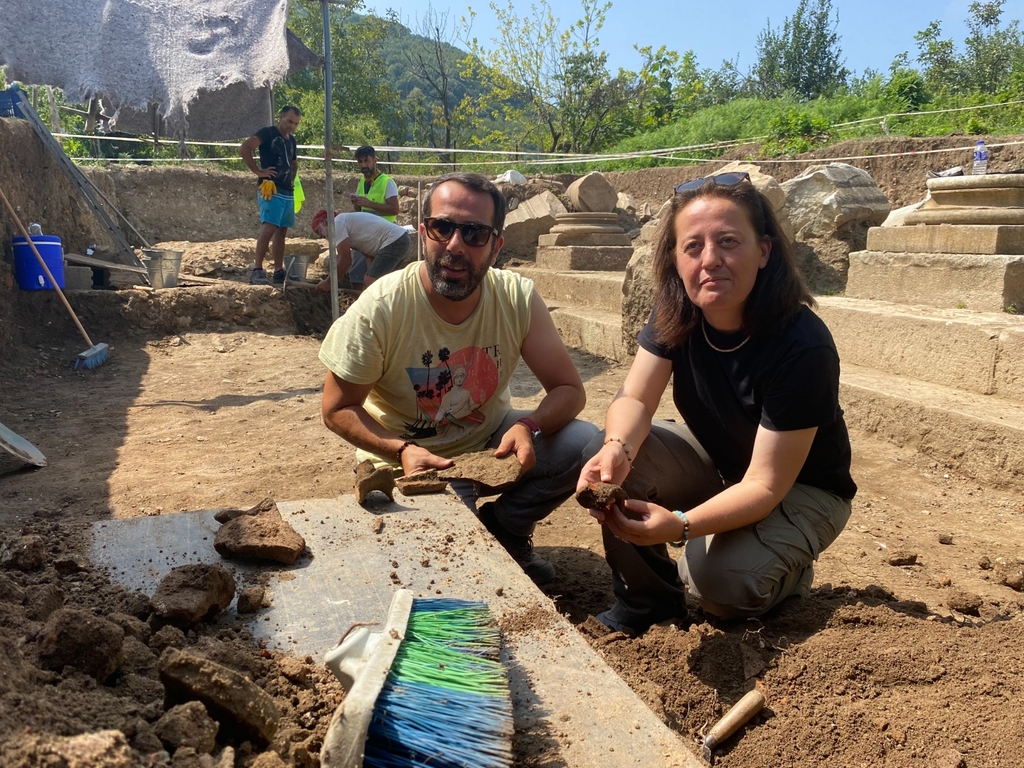
“We see fractures and disintegrations caused by the superstructure falling down immediately and tons of marble blocks falling to the ground. Therefore, we think there are deformations. It tells us that it suffered an earthquake in the phase after the 3rd century AD. Because the addition of the late period mosaic structure just east of the same structure shows that the earthquake must have occurred before the 4th century AD.”
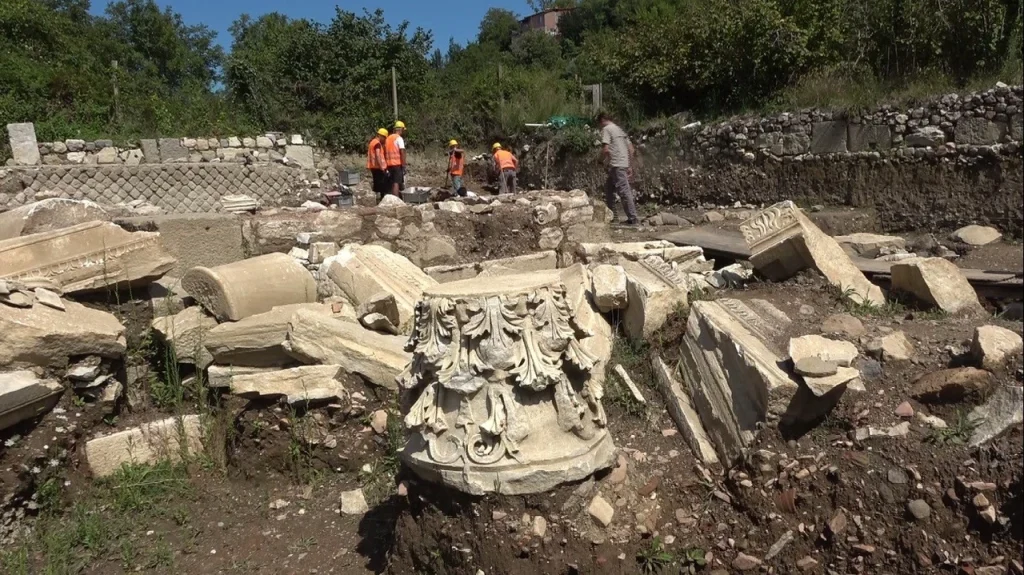
The structure is thought to have been damaged not only by the earthquake but also by floods in ancient times.
Amastris is a region that experienced major floods twice in a row in 2023. There are indications that the region was repeatedly flooded in ancient times.
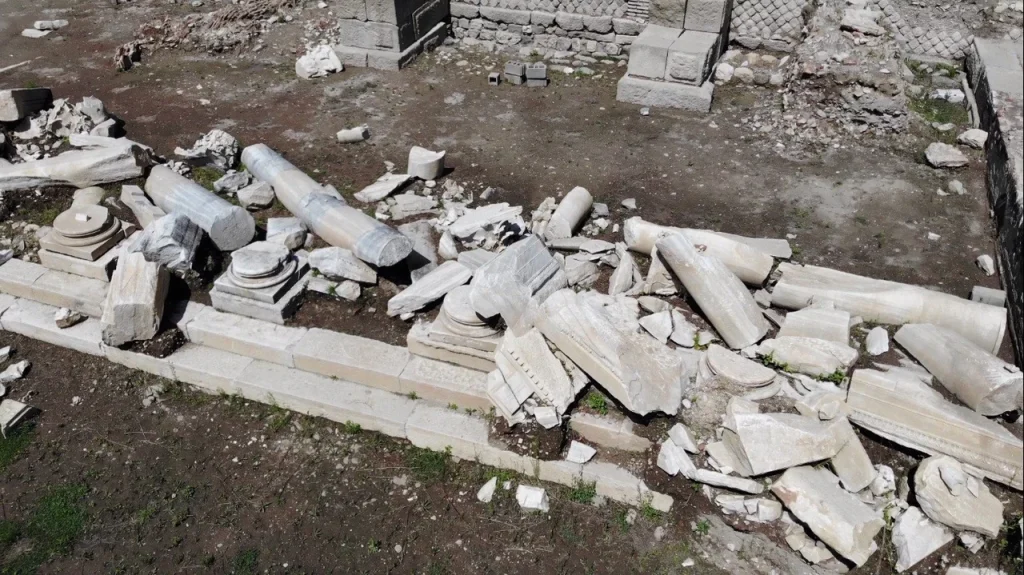
Prof. Çam said, “Probably this structure was not completely destroyed in the earthquake. With the soil that came with the flood, we can say that the structure was completely buried under the soil and was more damaged. In this sense, our work continues. We are trying to document in which period flooding occurred.”
Amastris is known as the Pearl of the Black Sea
The history of the city of Amastris dates back to the 6th century BC. Amastris, which became an important trade center during the Roman Empire, continued its existence during the Byzantine Empire.
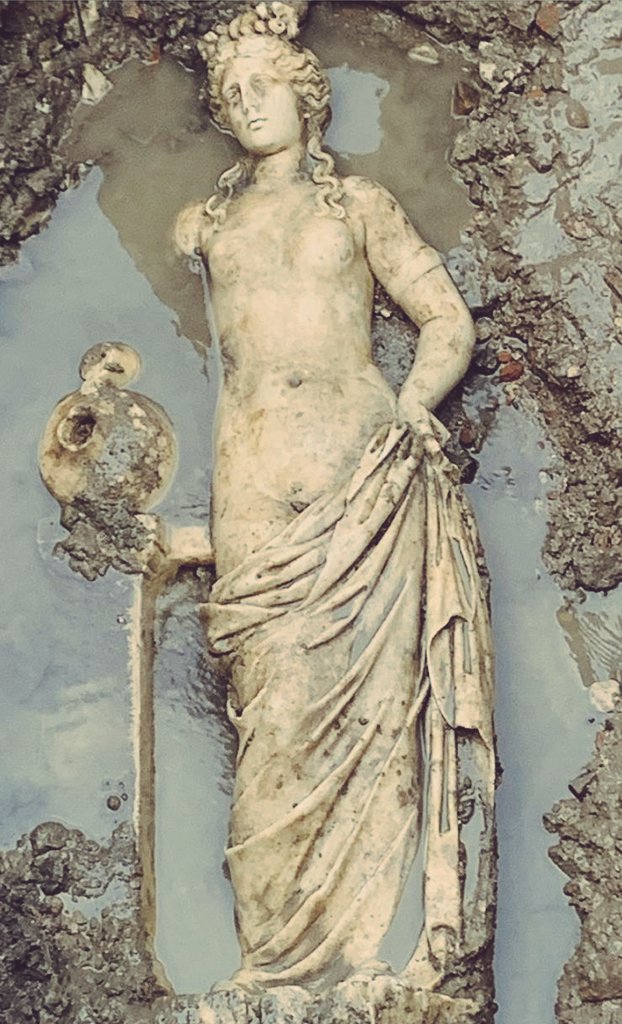
During the Ottoman Empire, the city was conquered by Fatih Sultan Mehmet.
The remains of the theater, agora, temple, baths and houses unearthed during the excavations in the city show that the living standards of the city were quite high.
In addition, the coins, ceramics and other artifacts found provide important information about the city’s trade life.
You may also like
- A 1700-year-old statue of Pan unearthed during the excavations at Polyeuktos in İstanbul
- The granary was found in the ancient city of Sebaste, founded by the first Roman emperor Augustus
- Donalar Kale Kapı Rock Tomb or Donalar Rock Tomb
- Theater emerges as works continue in ancient city of Perinthos
- Urartian King Argishti’s bronze shield revealed the name of an unknown country
- The religious center of Lycia, the ancient city of Letoon
- Who were the Luwians?
- A new study brings a fresh perspective on the Anatolian origin of the Indo-European languages
- Perhaps the oldest thermal treatment center in the world, which has been in continuous use for 2000 years -Basilica Therma Roman Bath or King’s Daughter-
- The largest synagogue of the ancient world, located in the ancient city of Sardis, is being restored











Leave a Reply